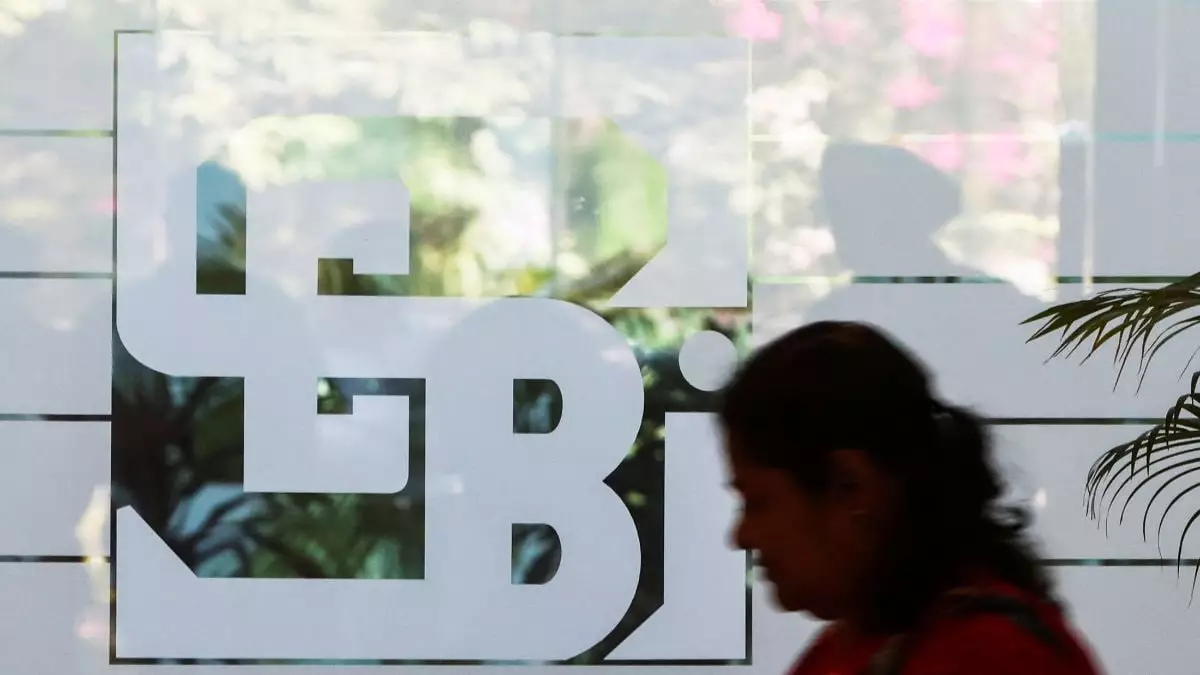As the securities market continues to evolve, so too do the methods employed by fraudsters. The recent initiative by the Securities and Exchange Board of India (SEBI) to regulate how registered intermediaries advertise on social media platforms is a timely and necessary response to a growing trend of digital chicanery. With platforms like YouTube, Facebook, and Instagram increasingly serving as breeding grounds for fraudulent schemes, SEBI’s move to tighten regulations isn’t just prudent; it’s imperative for the integrity of the financial ecosystem.
The allure of the digital space has provided both opportunities and risks. While legitimate financial services can reach broader audiences at unprecedented speeds, unscrupulous entities exploit this very openness to lure unsuspecting victims with promises of guaranteed returns, misleading testimonials, and online trading courses that often lead to nothing but financial loss. SEBI’s intervention – requiring intermediaries to register with their official contact details – signals a significant shift towards enforcing accountability in this ripe environment.
Combatting Fraud Through Verified Advertising
By mandating that registered intermediaries register their email IDs and mobile numbers via the SEBI SI Portal, the regulator aims to establish a layer of verification before allowing advertising on major platforms like Google and Meta. This preemptive measure reflects a robust strategy to minimize the risk of fraudulent promotions targeting vulnerable investors looking for guidance in navigating the complexities of the securities market.
It’s a welcome move that underscores the importance of legitimate representation in a digital ecosystem that can easily mislead. It’s essential, not just for the concerned regulatory body, but also for the public—a way of ensuring that the entities behind social media advertisements are who they claim to be. The fact that social media platform providers are involved in the verification process marks an unprecedented collaboration that can set a new standard across various sectors where digital and social media communication dominate.
Investor Protection and Market Integrity
The proactive stance taken by SEBI cannot be overstated. In a landscape where consumer trust is paramount, the regulator’s effort to safeguard investor interests carries a significant weight. Ensuring that only verified intermediaries can advertise their services creates a framework for greater transparency. The ripple effect of this can help in slowly rebuilding the trust that has been eroded by continuous incidents of fraud.
Moreover, this initiative is indicative of a broader trend wherein regulatory bodies are willing to adapt to the challenges posed by modern technology. The urgency of updating existing regulations to align with current digital communication norms reflects an awareness that the traditional methods of oversight are often ill-equipped to address emergent threats.
Ultimately, SEBI’s measures aim to create a more secure trading environment, where legitimate, knowledgeable entities can thrive while fraudsters are kept at bay. In this era of rapid digitization, such regulations are not merely bureaucratic necessities; they are essential components that uphold the trust and integrity of the securities market. By raising the bar for advertising standards on social media, SEBI is not just acting as a regulator but taking a bold stance as a guardian of public interest.

